Volvo is borrowing hardware and development tools from the games world as part of a new research project aimed at improving autonomous driving safety.
The company is using a combination of virtual reality hardware and Unity real-time rendering software in drivable test rigs, which are being deployed on closed test tracks to safely simulate real-world driving scenarios.
The new project is an extension of a partnership between Volvo and Finnish virtual reality hardware experts Varjo, which last year became the first to make it possible to drive a real car while wearing a mixed reality headset. It uses a high-resolution display and cameras to deliver a near-lifelike image, while visual latency has been lowered to single-digit miliseconds to eliminate motion sickness.
Now the researchers have added a full-body haptic suit, which allows for accurate motion tracking, as well as the ability to tense the users' muscles against their will, replicating the experience of an emergency stop or seatbelt pre-tensioner.
The hardware has been installed in a fleet of Volvo XC90 SUVs, as well as in stationary simulators at the company's Open Innovation Arena. While in the real car, the headset is able to overlay virtual images on top of the real world – for example, simulating a moose crossing the road, or replacing the car interior with that of a completely different model.

Several team members have a games industry background and the open nature of the Unity game engine allows digital assets to be purchased and re-used for many different scenarios in a way that dramatically lowers the cost of testing compared with real-world simulations. It also lets the researchers make real-time adjustments, which makes testing different variables far easier than in the real world.

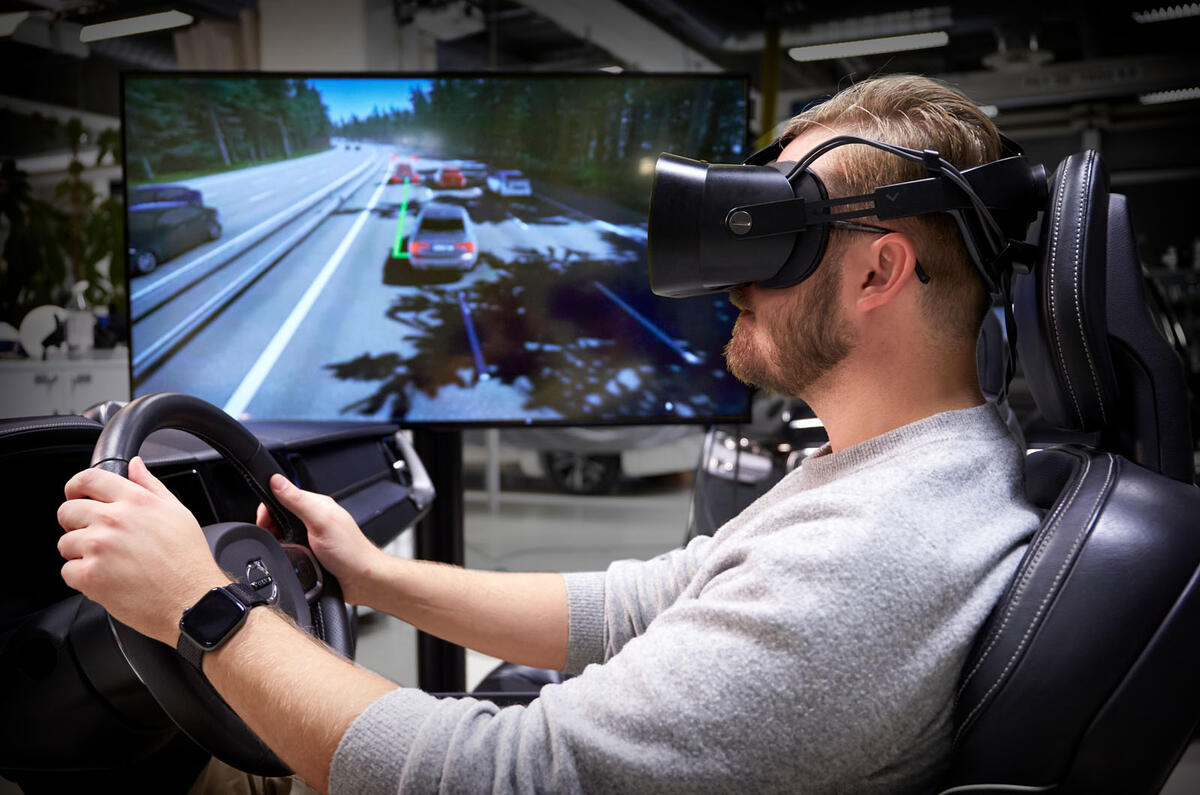
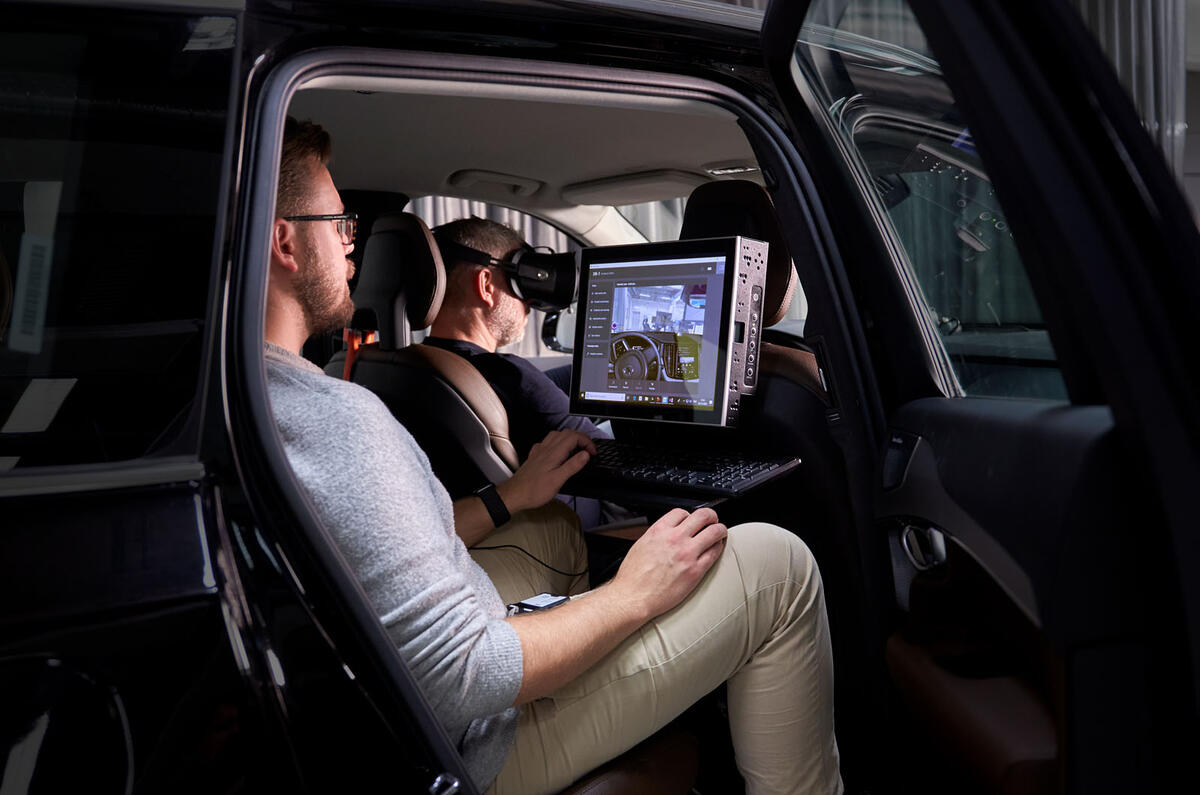
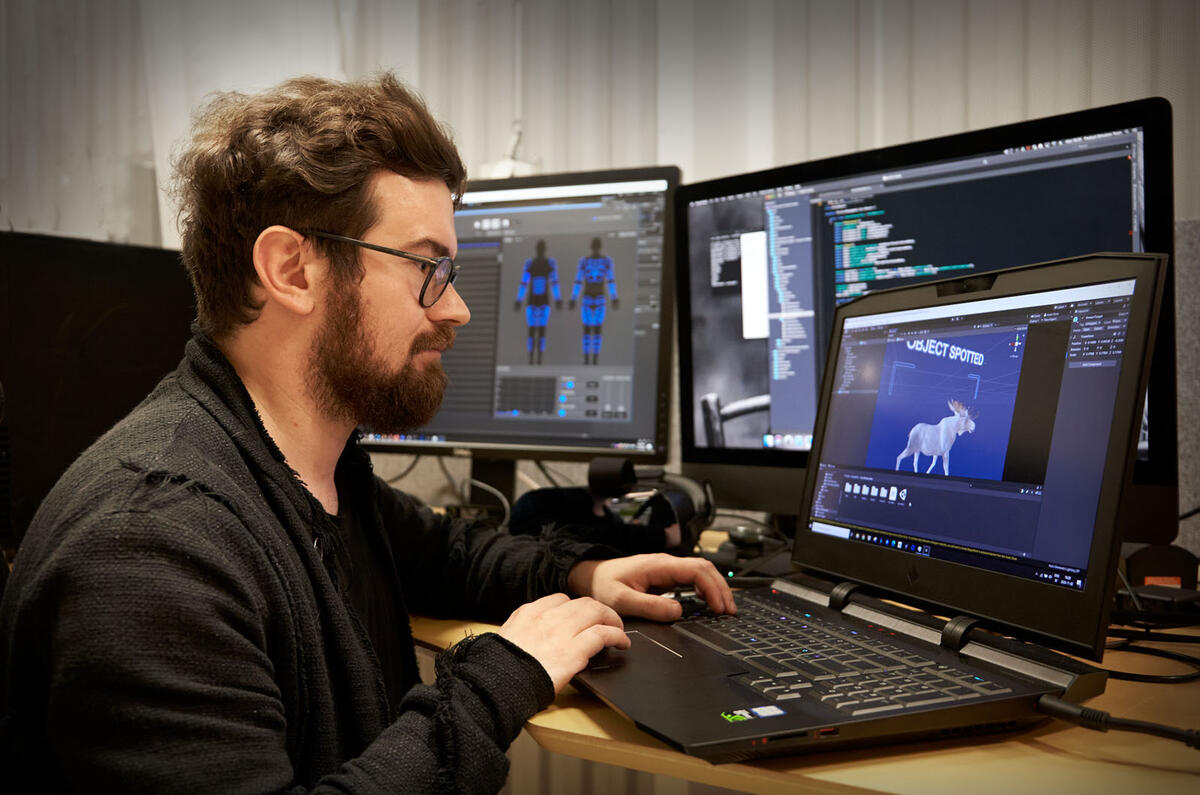
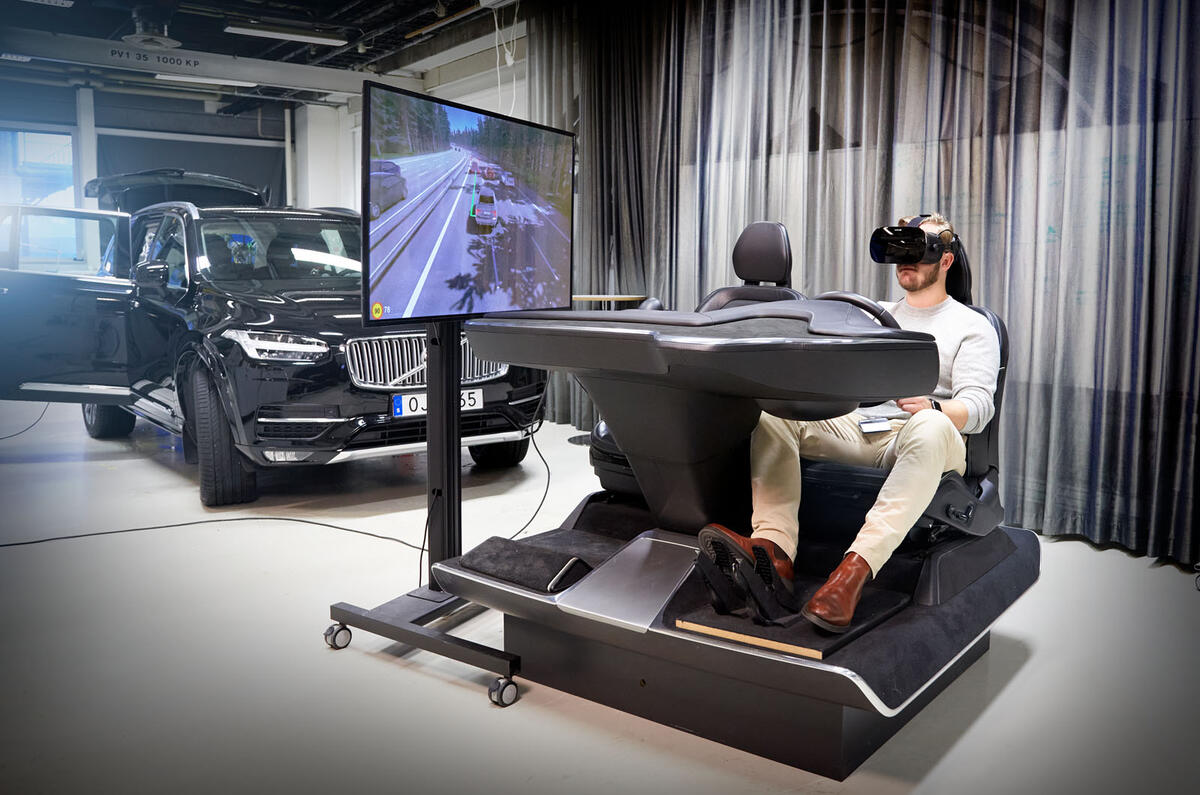
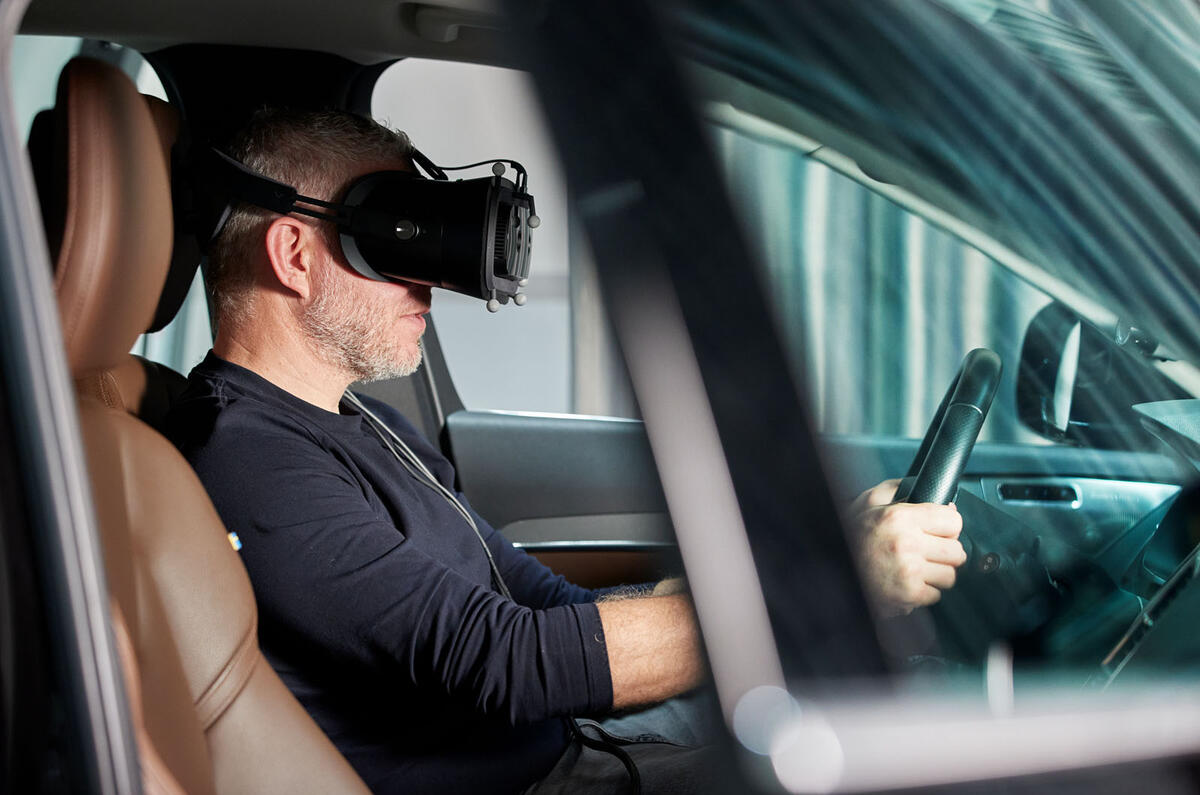
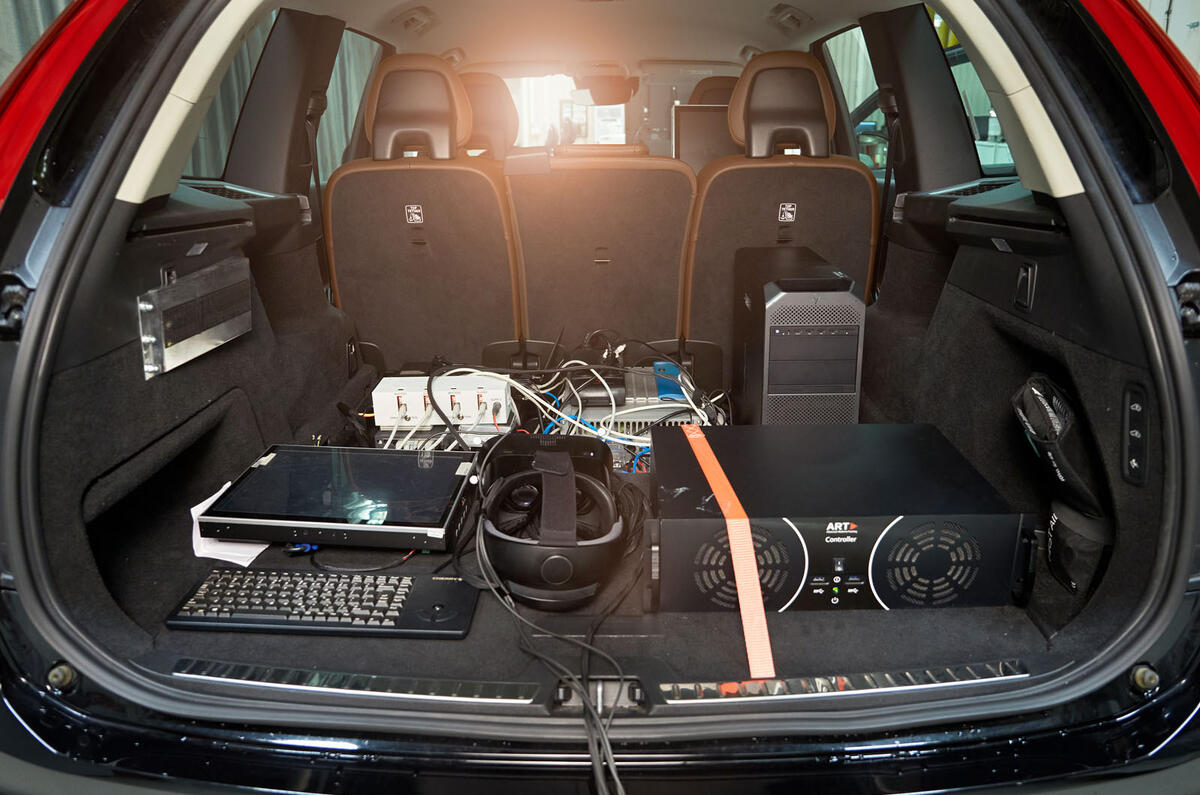
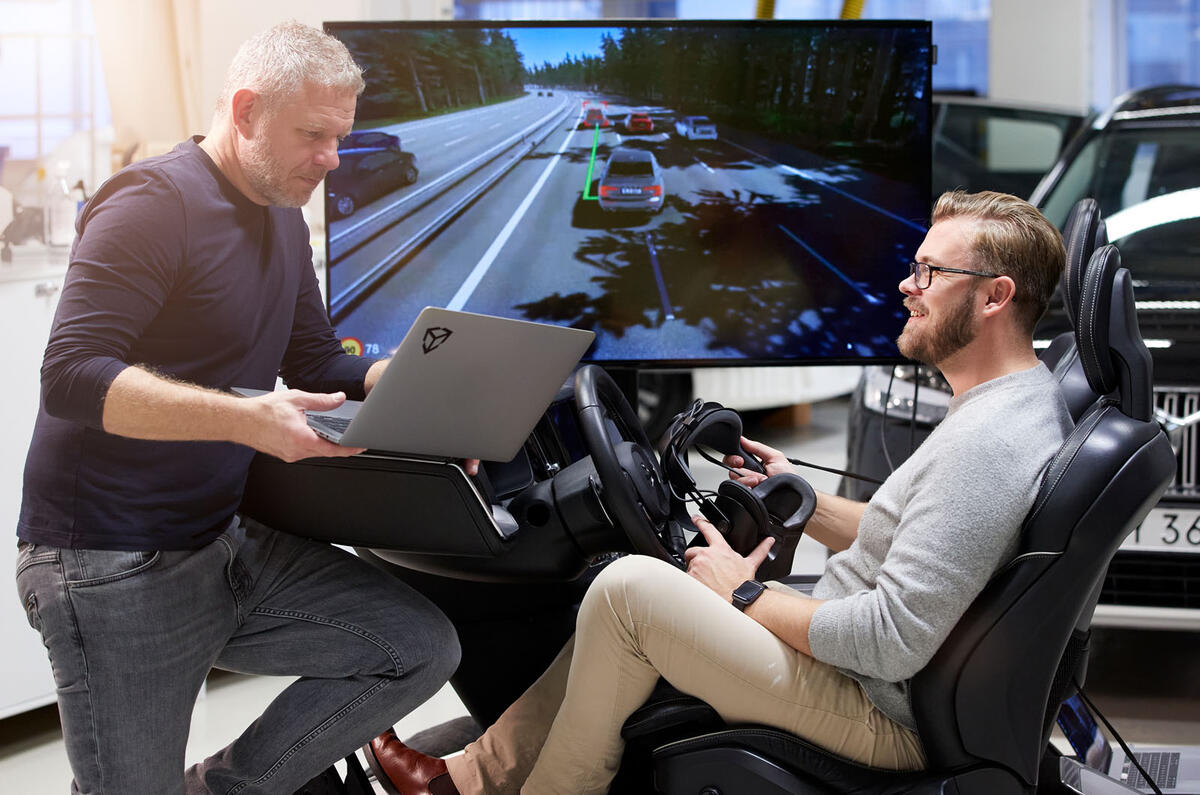
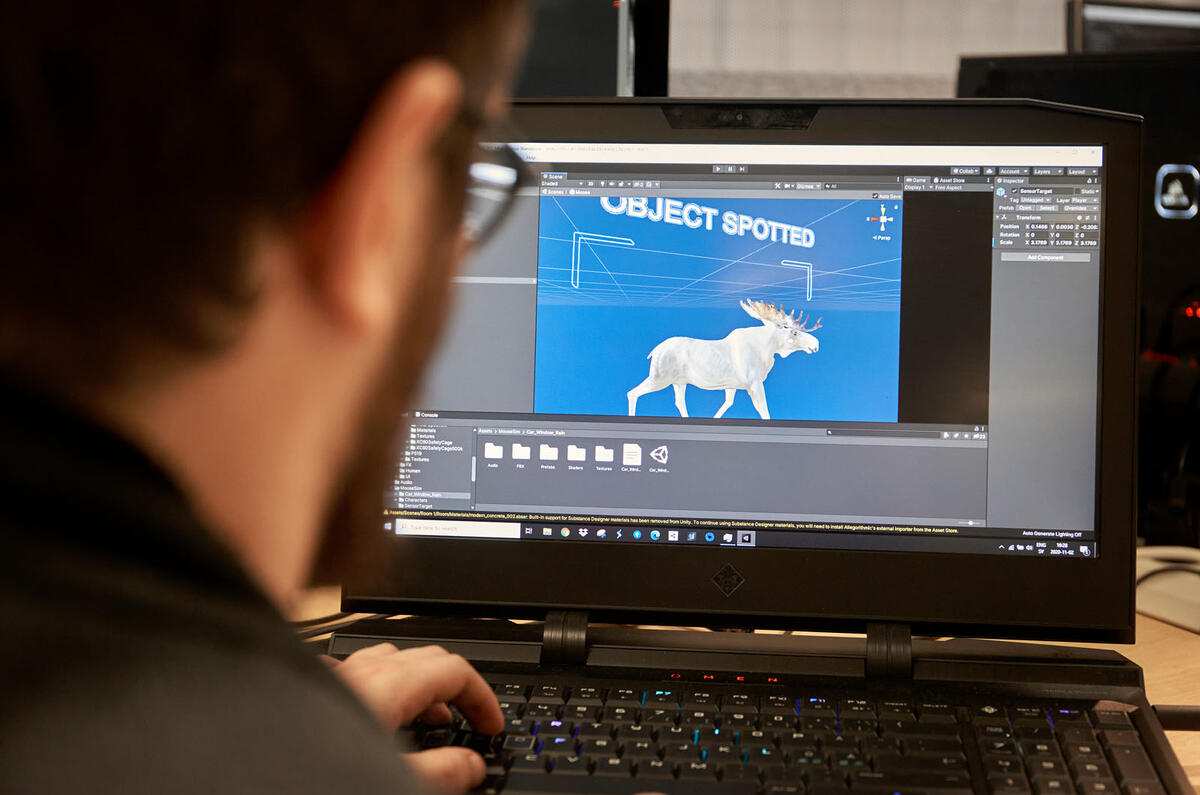
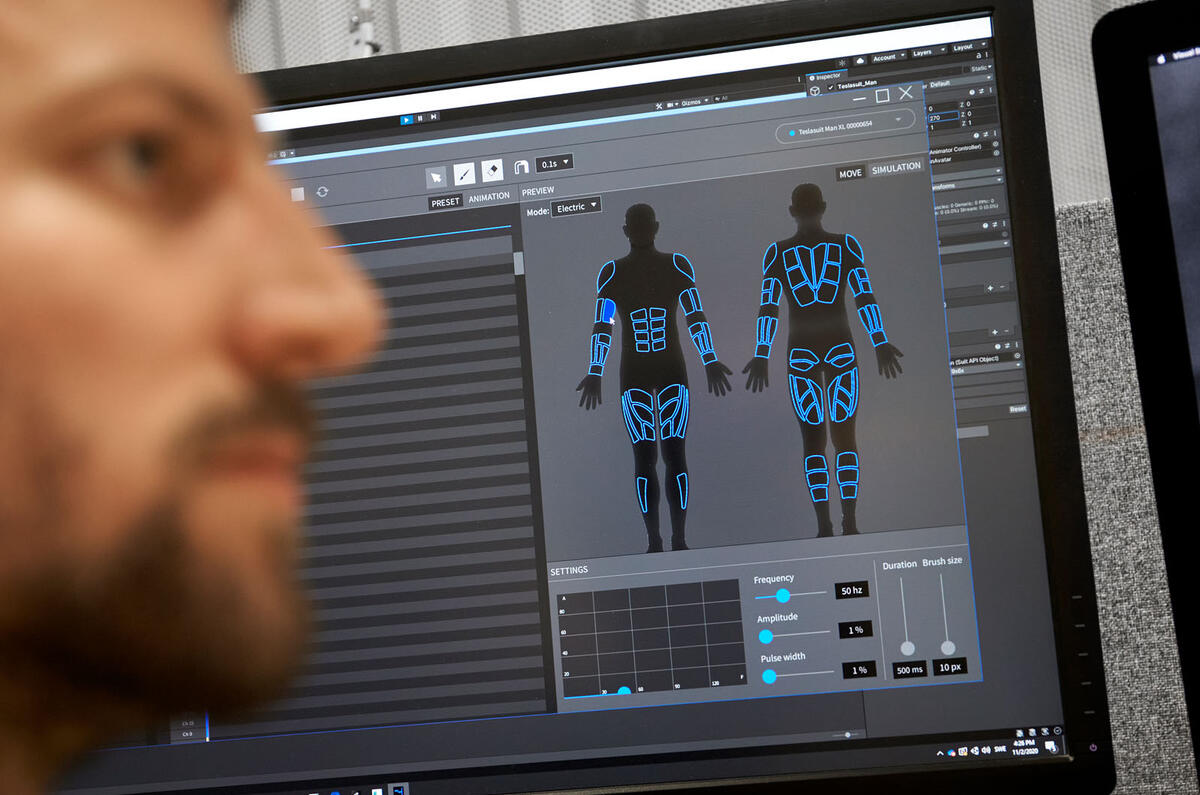
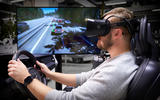
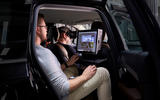
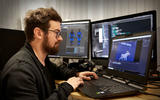
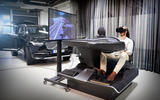
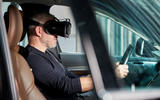
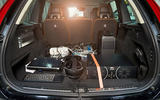
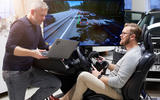

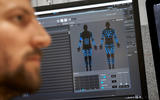



Join the debate
Add your comment
Leisure industry.
With all these advances in car tech which will enable the car, Bus, Truck etc to drive themselves, what are all the ex commercial drivers who deliver stuff for instance going to do to fill in there spare time?more automation means less need for human involvement.
The race for automation just seems to be progress for the sake of progress. What will be the impact upon those of us who didn't choose jobs that can only be done by humans? I suppose the answer is 'evolve, or die'. Not a pleasing sentiment, but that's just my own opinion.